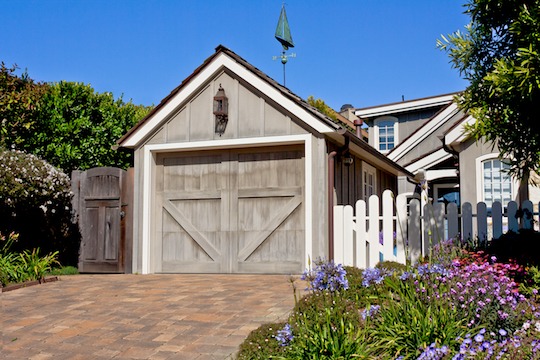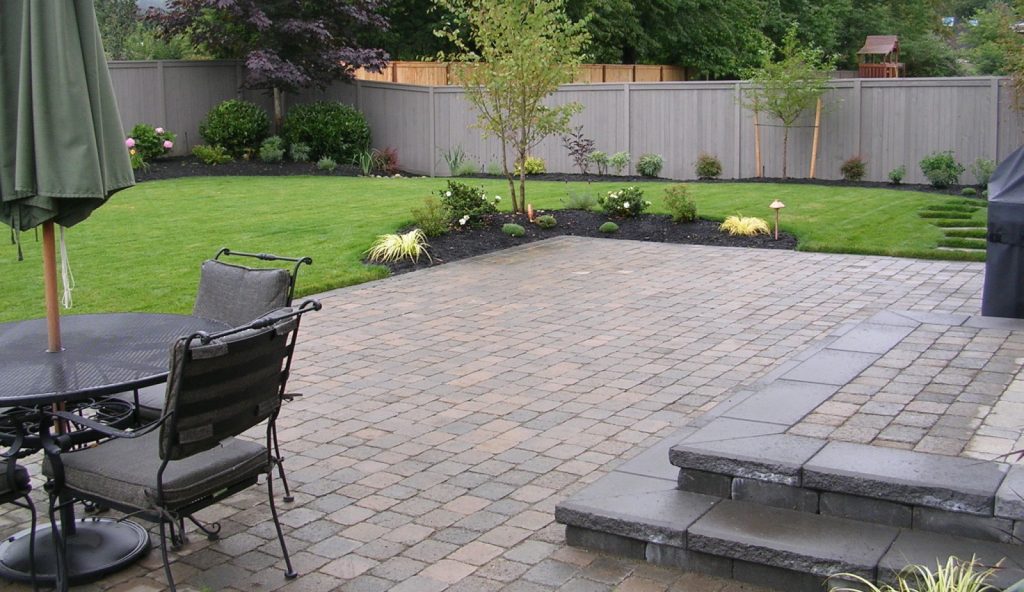It’s about more than good looks: Interlocking pavers cost a little more at installation, but can easily add up to savings and a home value increase over time.
In the vast majority of residential real estate blogs and home improvement television shows, the aesthetic advantages of interlocking pavers are preferred over traditional concrete and asphalt driveways, walkways, patios, and other outdoor areas.
The reasons are easy to understand. A solid appearance in combination with color choices that coordinate with the colors on the home’s exterior and landscaping make the property stand apart from generic driveways and walkways. Paving stone contractors – good ones – have become artists in their own right. But beyond its good looks, interlocking pavers are where the smart money goes.
How so? Let us count the ways:
Interlocking pavers are only a little more expensive than concrete and asphalt. Prices vary by market, but for comparison in Southern California an asphalt driveway will cost about $4/s.f.; concrete is $7.50/s.f.; mortar-fastened bricks on a concrete base are $30/s.f.; and interlocking bricks run about $8.50/s.f.
Flexibility. What’s the difference between mortared and interlocking bricks? Just about everything. Interlocking bricks, one might say, breathe. With a small space in between each paver brick (filled with permeable, course sand), seasonal shifts with temperature swings and seismic events do not result in cracks. For the same reason, interlocking pavers are advantaged over concrete, stamped concrete, and asphalt.
Actually more durable to heavyweight vehicles. Surprisingly, interlocking bricks can handle heavy vehicles better than concrete, able to hold up to 8000 pounds per square inch (psi). More than 2000 psi will crack concrete.
Replace one or two bricks, not an entire slab. Even if an interlocking brick does break or get an oil stain on it, replacement of one or two bricks is an easy DIY project. A cracked concrete slab, or potholed asphalt, requires complete replacement at a much higher cost to restore a neat, flawless look.
Suggested maintenance for interlocking bricks includes applying a sealant every year or two, although this is more about maintaining color than function (professional applications by a reputable asphalt contractor are advised over DIY sealants as contractor formulations are of a better quality). Interlocking pavers provide up to 30 years before needing major repairs or replacement.
Increased curb appeal. The home shows and blogs get it right: The right color of interlocking bricks can make a home pop in the listings, drawing more potential buyers and, likely, higher price bids.
Environmentally smart. Increasingly, our built environment of hard surfaces (roads, sidewalks, buildings) mean that stormwater runs off into other parts of property, causing flooding, or into municipal stormwater systems that are often overwhelmed in heavier rainfall. Reducing that is the fact that interlocking pavers, with small spaces between each brick, allow natural percolation of precipitation into the subsoil and, ultimately, the below-ground aquifer.


